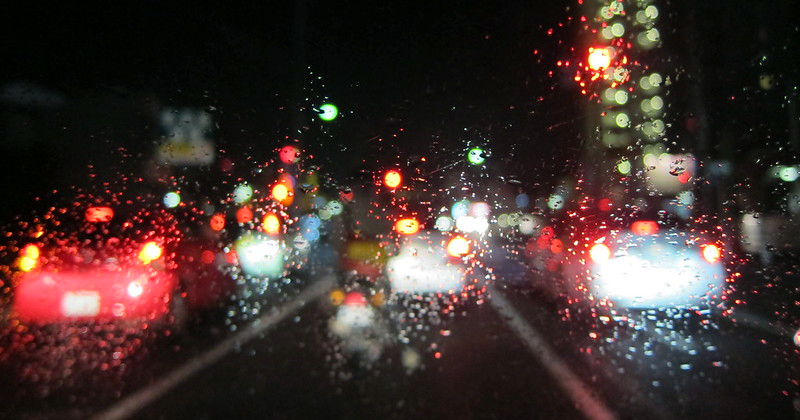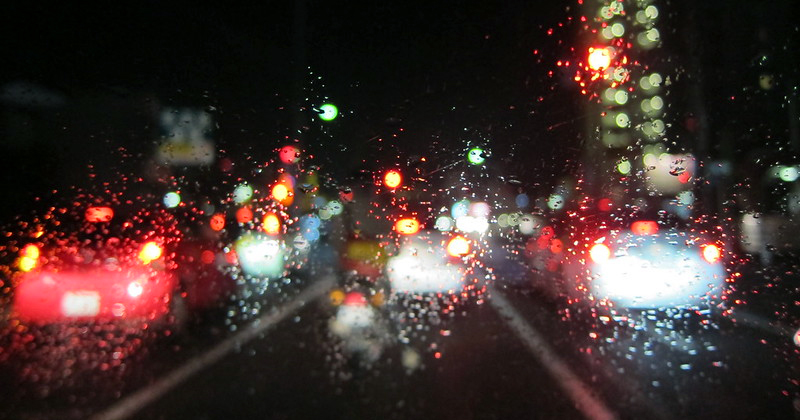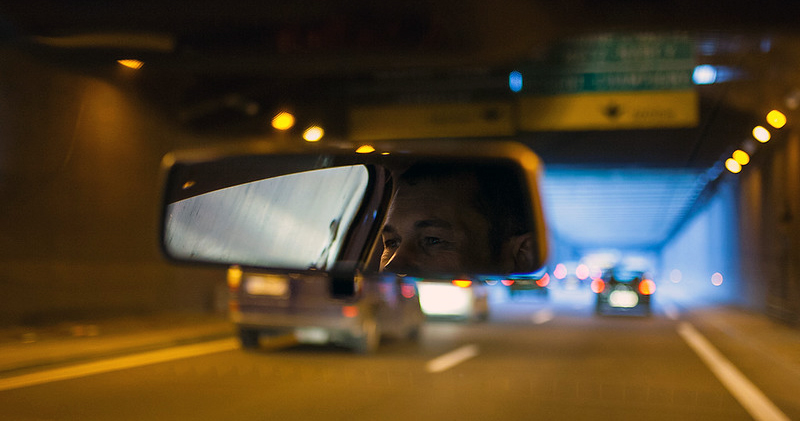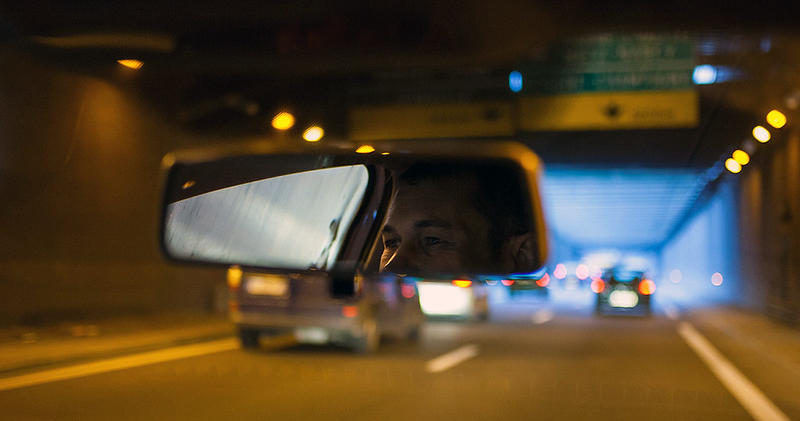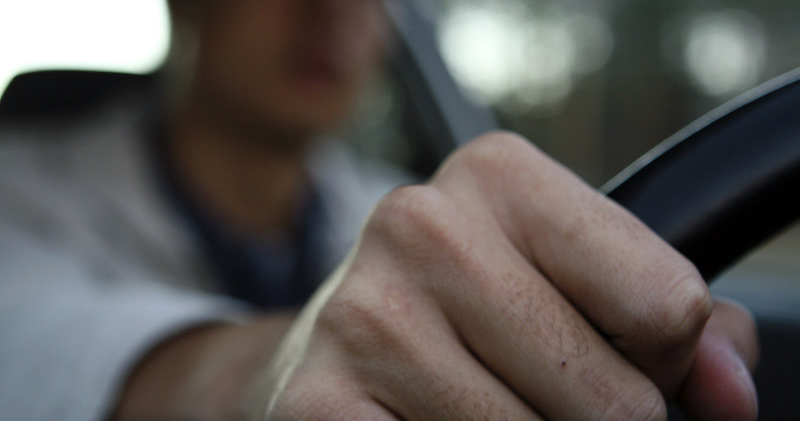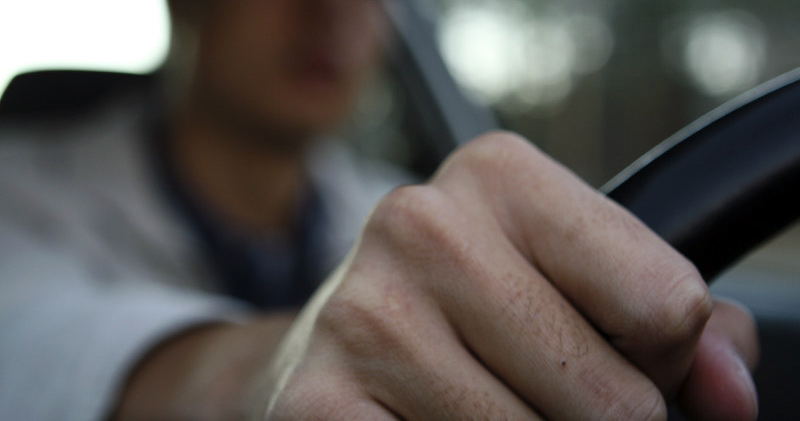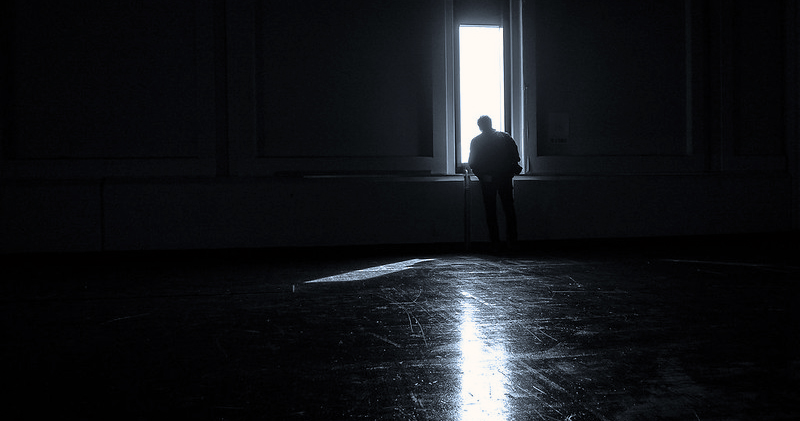| After reaching the dark room, you lie down on the bed. Nothing is heard, everything is calm because the weather is good. How long could you stay here? | |
| You are in the living room at home and your mission, with the help of Psychobot, is to explore the different areas. You teleport to the dining room where there is less light and you can see lots of lightning and hear thunder. Your mission is to find where the tallest vase is and which is closest to the ceiling. What level of difficulty do you think that mission has? | |
| After teleporting into the loft hallway, which is quite dark, you have a very important mission. You have to be very brave and look for where the window is, look through it and see the great storm that is tonight. Don’t be scared by lightning and thunder, think you have the help of Psychobot! | |
| You are in the living room with your friend Psychobot, and the lights are all on. Through the window you only see that it is night, and you don’t hear any noise from outside either. Does it seem like an easier or more difficult mission than the previous ones? | |
| When you are in the dark room, where you can hear it raining a lot, you ask Psychobot for help and he tells you that you are doing very well. How do you feel to hear this? | |
| You are in the hallway of the bathroom, which is not very very dark. Now you are going to have to look out the window to see what the weather is like; after doing it, you see that the night is dark but it doesn’t rain, you only see the very big and bright moon in front of you, are you very afraid? | |
| You have teleported very quickly to the dining room, and you see that the light there is not very strong. After exploring the area, your mission this time is to look out the window and see how it rains. What degree of difficulty do you think this mission has? | |
| You are in the living room of your house with all the lights on, it is night and the moon shines a lot. Suddenly, a Psychobot appears, and explains that you have a super power to teleport, and that you are going to have to explore all the areas of your house to get points. What would you say your energy level is? | |
| When you and the Psychobot have already arrived in the dark room, you lie on the bed and see many rays through the window. Do you think this mission is very difficult? | |
| Now your mission is to teleport from the room, which is very dark, to the living room, which has a lot of light, and your mission is to look at the weather through the window. What do you want to do on this mission? | |
| You and Psychobot have teleported super fast from the bathroom hallway to the living room, and there is a little light there but you hear a lot of thunder. Your mission now is to explore the room as long as you want. How difficult do you think this activity is? | |
| After you have teleported into the hallway, you see that it is dark and that it is raining heavily. Your mission is to stay in this area for a minute, do you dare to do this activity? | |
| You are in the dining room and it is dark, but you have to be brave and look out the window. Your mission is to approach this window and look and listen to the lightning and thunder that there is tonight. What degree of difficulty would you put on it? | |
| You have reached the room in just a moment, great! Still, as soon as you get there you can see out the window that there is a big storm tonight, is this scary? | |
| After you’ve teleported into the attic hallway, your mission is to find where the window is. After you have explored the entire hallway and found it, you have to look through it and see that it is raining. Are you afraid of this new adventure? | |
| With Psychobot cobot you have moved super fast to the bathroom hallway, great! Now, your mission is to explore this area that has very little light, and you will have to dare to look out the window and see how it rains. Do you think this mission is easier or more difficult than the others? | |
| You are lying on the bed in the room, which is very dark. Psychobot is with you, and when you look out the window you can see that it is raining. How calm would you say you feel? | |
| With your superpower you have teleported from the living room to the dining room in just a second, great! Now you have to use another super power, be very brave and explore the area as long as you can, even if it is a bit darker and you are hearing how it rains. Do you dare to explore the area? | |
| You have reached the loft hallway super fast, and you see that it is quite dark. Still, you are very brave and you explore the area, and through the window you can see that it is not bad weather and that the moon shines a lot. How difficult do you think this mission is? | |
| You just got to the room, and you can only see the moon shine through the window because it’s so dark. Are you afraid or are you calm? | |

